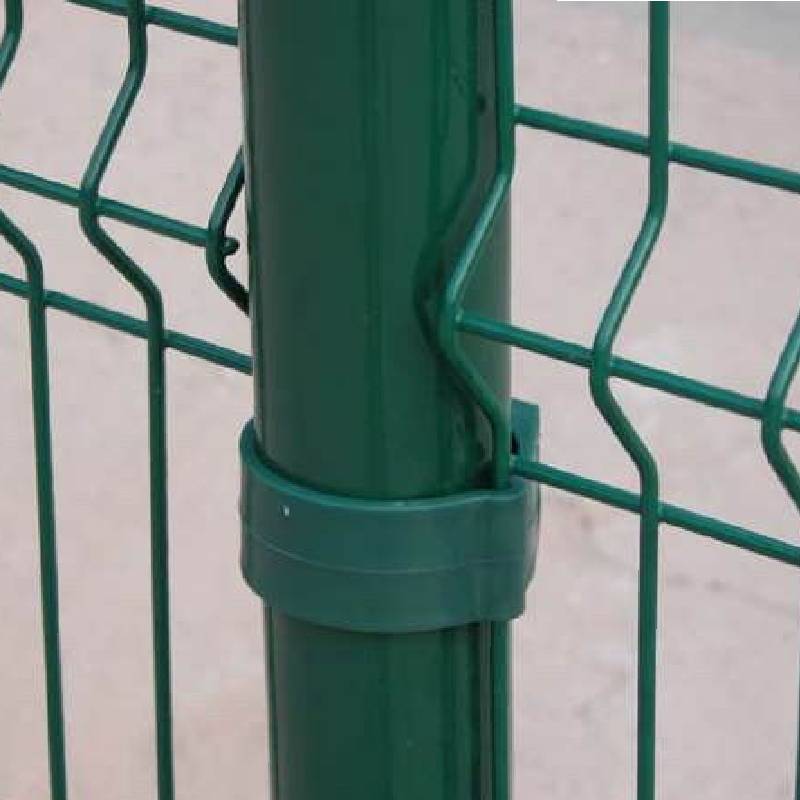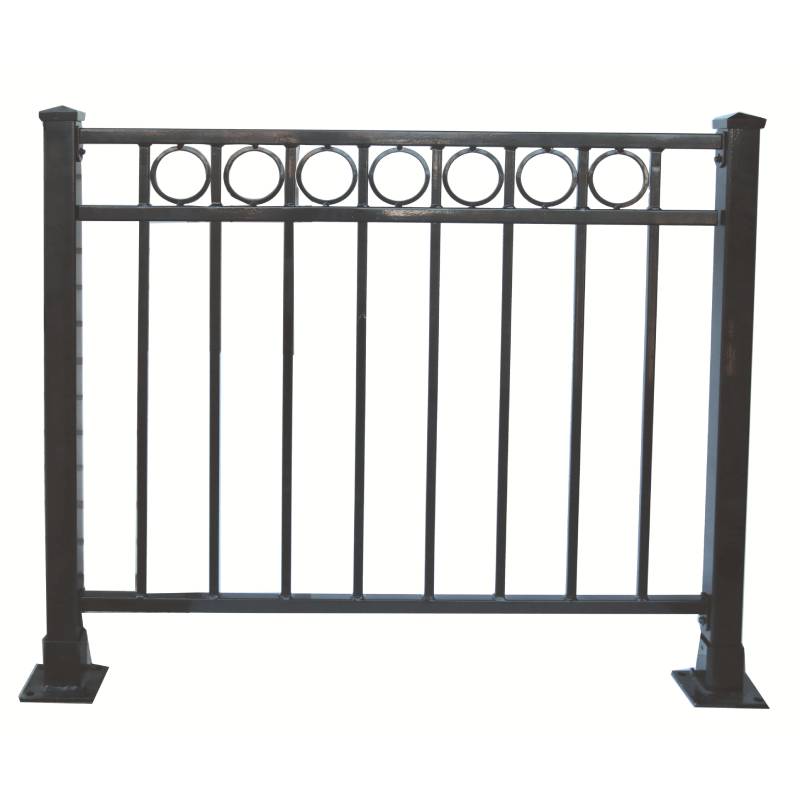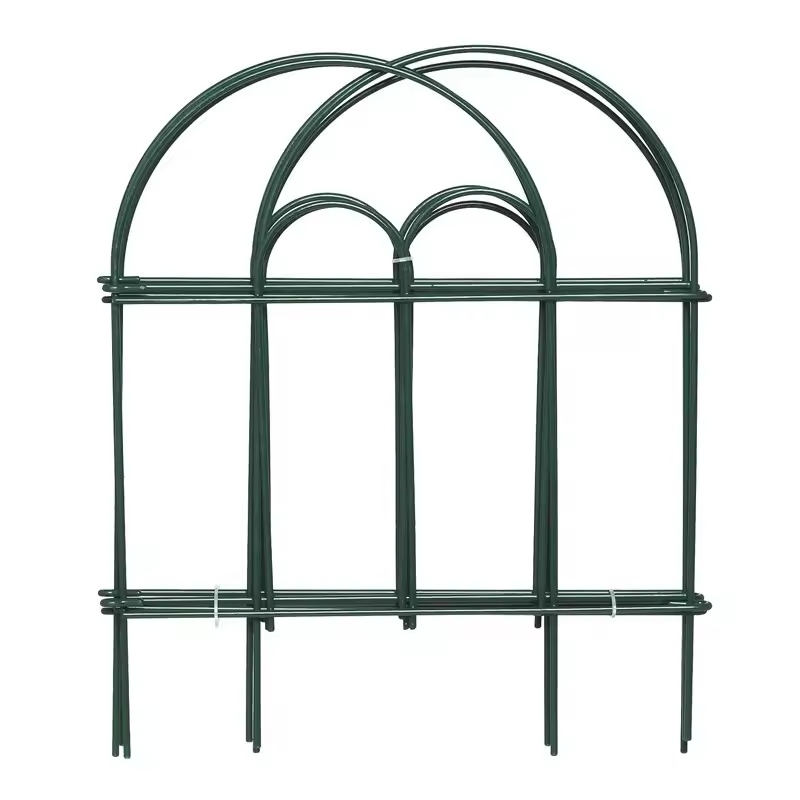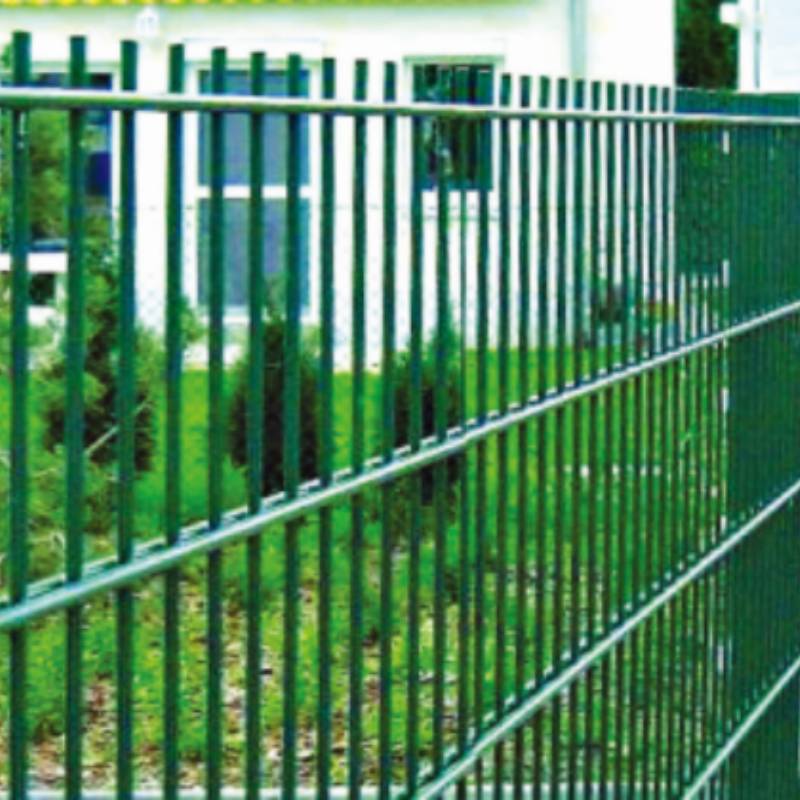-
Correo electrónico:zhao@hyliec.cn
-
Teléfono:+86 311 85273988
-
WhatsApp:8613931128750
-
 africano
africano -
 albanés
albanés -
 amárico
amárico -
 Arábica
Arábica -
 armenio
armenio -
 azerbaiyano
azerbaiyano -
 vasco
vasco -
 bielorruso
bielorruso -
 bengalí
bengalí -
 bosnio
bosnio -
 búlgaro
búlgaro -
 catalán
catalán -
 cebuano
cebuano -
 corso
corso -
 croata
croata -
 checo
checo -
 danés
danés -
 Holandés
Holandés -
 Inglés
Inglés -
 esperanto
esperanto -
 estonio
estonio -
 finlandés
finlandés -
 Francés
Francés -
 frisio
frisio -
 gallego
gallego -
 georgiano
georgiano -
 Alemán
Alemán -
 Griego
Griego -
 gujarati
gujarati -
 criollo haitiano
criollo haitiano -
 hausa
hausa -
 hawaiano
hawaiano -
 hebreo
hebreo -
 No
No -
 Miao
Miao -
 húngaro
húngaro -
 islandés
islandés -
 igbo
igbo -
 indonesio
indonesio -
 irlandesa
irlandesa -
 italiano
italiano -
 japonés
japonés -
 javanés
javanés -
 canarés
canarés -
 kazajo
kazajo -
 jemer
jemer -
 ruandés
ruandés -
 coreano
coreano -
 kurdo
kurdo -
 Kirguistán
Kirguistán -
 tuberculosis
tuberculosis -
 latín
latín -
 letón
letón -
 lituano
lituano -
 luxemburgués
luxemburgués -
 macedónio
macedónio -
 Malgashi
Malgashi -
 malayo
malayo -
 malayalam
malayalam -
 maltés
maltés -
 maorí
maorí -
 marathi
marathi -
 mongol
mongol -
 Birmania
Birmania -
 nepalí
nepalí -
 noruego
noruego -
 noruego
noruego -
 occitano
occitano -
 pastún
pastún -
 persa
persa -
 Polaco
Polaco -
 portugués
portugués -
 punjabi
punjabi -
 rumano
rumano -
 ruso
ruso -
 samoano
samoano -
 gaélico escocés
gaélico escocés -
 serbio
serbio -
 Inglés
Inglés -
 Shona
Shona -
 Sindhi
Sindhi -
 cingalés
cingalés -
 eslovaco
eslovaco -
 esloveno
esloveno -
 somalí
somalí -
 Español
Español -
 sundanés
sundanés -
 swahili
swahili -
 sueco
sueco -
 tagalo
tagalo -
 tayiko
tayiko -
 Tamil
Tamil -
 tártaro
tártaro -
 telugu
telugu -
 tailandés
tailandés -
 turco
turco -
 turcomano
turcomano -
 ucranio
ucranio -
 urdu
urdu -
 uigur
uigur -
 uzbeko
uzbeko -
 vietnamita
vietnamita -
 galés
galés -
 Ayuda
Ayuda -
 yídish
yídish -
 Yoruba
Yoruba -
 zulú
zulú
Valla de paneles
Wholesale Metal Fence Panels ?
Wholesale metal fence panels are a popular choice for those looking for durable and secure fencing solutions. These panels are often made steel materials providing a
strong and long-lasting option for garden fencing. They are available in various designs and sizes, making them suitable for a wide range of applications. Wholesale options offer cost-effective solutions for purchasing metal fence panels in bulk, making them ideal for contractors, landscapers, and property developers looking to install fencing on a larger scale.
Is It Cheaper To Buy Fence Panels Or Build Them?
The cost of buying fence panels versus building them can vary depending on several factors. In general, buying pre-made fence panels can be cheaper and more time-efficient than building them from scratch. Pre-made panels are mass-produced, which often makes them more cost-effective due to economies of scale. Additionally, purchasing fence panels can save on labor costs, as they are typically easier and quicker to install compared to building a fence from individual components. However, building a fence from raw materials allows for more customization and control over the design, which may be a priority for some individuals. It's important to consider the specific requirements, budget, and time constraints when deciding whether to buy or build fence panels.
How To Install A Panel Fence?
To install a panel fence involves several steps:
1. Measure and plan: Determine the length of the fence and calculate the number of panels needed. Plan the layout and ensure the fence posts are installed at the appropriate intervals to accommodate the panels.
2. Install the posts: Dig holes for the fence posts, ensuring they are deep enough to provide stability. Set the posts in concrete and allow them to cure before attaching the panels.
3. Attach the panels: Once the posts are set, attach the panels to the posts using appropriate fasteners such as screws or nails. Ensure the panels are level and properly aligned.
4. Add finishing touches: Depending on the type of panels used, additional finishing touches such as capping, trim, or paint may be required to enhance the appearance and durability of the fence.
5. Maintenance: Regular maintenance, such as cleaning and sealing, may be necessary to ensure the longevity of the fence panels.
It's important to follow the manufacturer's instructions and local building codes when paneling a fence to ensure proper installation and compliance with regulations. If in doubt, it's advisable to consult with a professional or seek guidance from experienced individuals.








